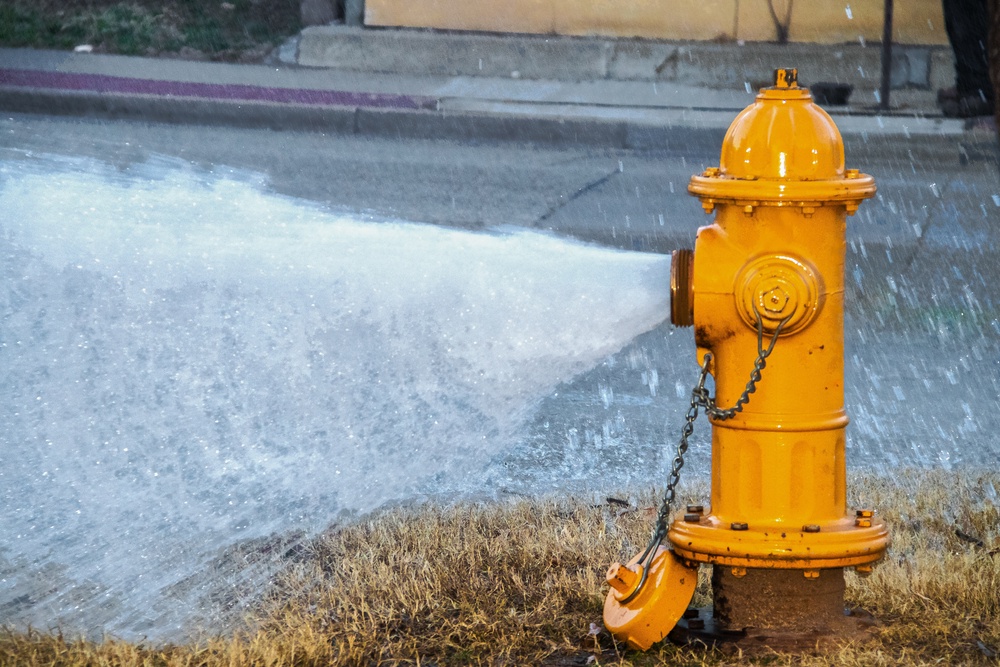Introduction:
Fire hydrants, those unassuming metal fixtures found on street corners and neighborhoods, play a crucial role in fire protection and public safety. They are essential for firefighters to access a reliable water source during emergencies. In this article, we'll delve into the world of fire hydrants, uncovering their various types and functions. By understanding these seemingly ordinary devices, we can gain a deeper appreciation for their role in safeguarding our communities.
-
The Basics of Fire Hydrants:
At first glance, fire hydrant appear quite similar, but they come in various types, each serving specific purposes. Let's explore some of the fundamental types of fire hydrants and their functions:
-
Dry Barrel Fire Hydrants:
Dry barrel fire hydrants are designed for regions with cold climates. Unlike their wet barrel counterparts, these hydrants don't contain standing water in the main valve. Instead, the water drains into a dry barrel below the frost line. This design prevents freezing and ensures the hydrant remains operational, even in sub-zero temperatures.
-
Wet Barrel Fire Hydrants:
Wet barrel fire hydrants are commonly found in areas with milder climates. They have water-filled main valves that are always pressurized. This type allows for faster deployment, as there's no need for the hydrant to fill with water. However, it's not suitable for colder regions where freezing is a concern.
-
High-Pressure Fire Hydrants:
Some locations require fire hydrants that can deliver water at higher pressures. High-pressure hydrants have specialized valves and larger-diameter pipes to meet these demands. They are essential for extinguishing large fires and protecting high-rise buildings.
-
Post Indicator Valves (PIV):
Post Indicator Valves are essential components of fire hydrant systems. They serve as control points, allowing firefighters to open and close water access to the hydrants. These valves indicate whether the hydrant is open or closed, providing crucial information during emergencies.
Functions of Fire Hydrants:
Now that we've explored the various types of fire hydrants let's discuss their essential functions:
- Emergency Water Supply: Fire hydrants are the primary water source for firefighting. They provide a high-flow water source that can quickly extinguish fires, ensuring the safety of communities and property.
- Accessibility: Fire hydrants are strategically placed regularly, ensuring easy access for fire trucks and hoses. This accessibility is crucial for a rapid response in emergencies.
- Pressure Regulation: Fire hydrants are designed to maintain specific water pressures, which are essential for efficient firefighting operations. High-pressure hydrants are used in situations where greater force is needed.
- Visibility: Fire hydrants are often color-coded for quick identification. The color helps firefighters and emergency responders locate hydrants, even in low-light conditions.
Conclusion:
Fire hydrants may go unnoticed daily, but their importance must be balanced. They are the unsung heroes of our neighborhoods, standing ready to provide a vital resource in times of crisis. By understanding the various types and functions of fire hydrants, we gain a greater appreciation for the critical role they play in ensuring our safety and protecting our communities. The next time you pass by a fire hydrant, remember that it's not just a piece of street furniture; it's a symbol of security and preparedness in the face of fire emergencies.
FAQs
- How often should fire hydrants be inspected?
- Fire hydrants should be inspected at least once a year to ensure proper functionality.
- What are the main issues affecting fire hydrants?
- Common problems include rust, leaks, and blockages, which can hinder their performance.
- Are there eco-friendly fire hydrant options available?
- Yes, advancements in materials and designs are aiming to create more sustainable fire hydrants.
- Do all fire hydrants work the same way?
- No, there are different types and variations designed for various climates and conditions.
- Why are fire hydrants important in firefighting?
- Fire hydrants provide the necessary water supply for firefighters to combat fires effectively.


No comments yet